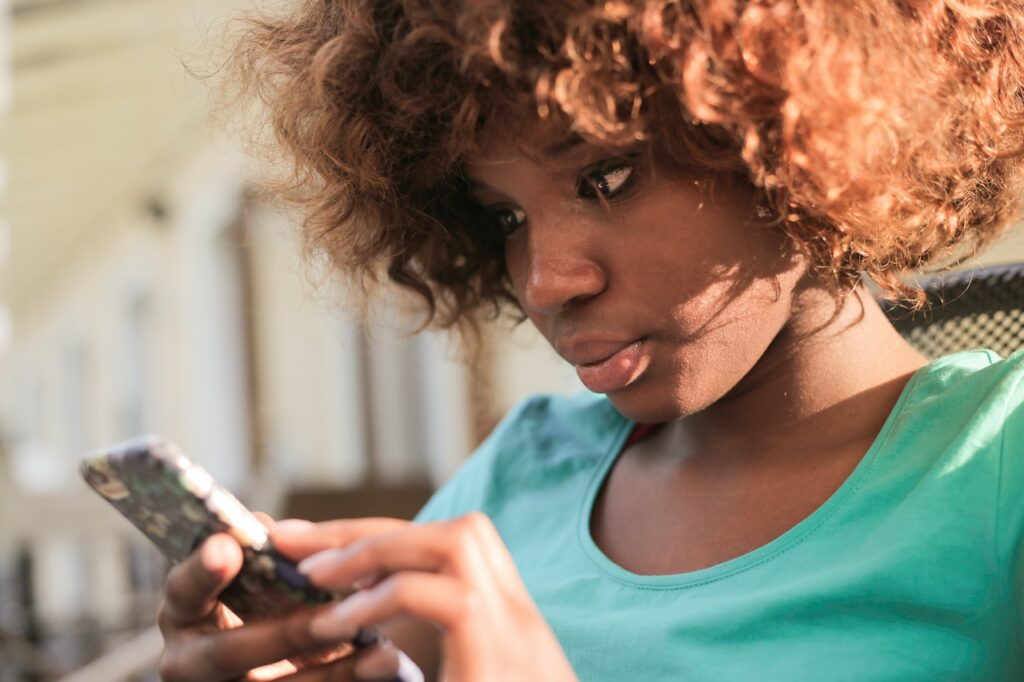Our picture albums, bulletin boards, and even our voices have all been transformed by social media. We report on what doesn’t happen throughout the day, offer our opinions on current events, and take part in debates. And it’s all done in front of the public eye.
Twitter, Facebook, Instagram, Snapchat, LinkedIn, and many other social networks function as a showcase of the lives of millions of people. However, while we enjoy sharing our experiences with our friends, we must keep in mind that if we do so without taking a few precautions, all of the information we publish could end up being accessible by other users of the social network, who, if offered, could take an X-ray of our lives and harm our digital identity.
This is a widely used tactic by cybercriminals. They use our posts to get personal information, impersonate identities, steal credentials or even blackmail us by asking us for something in exchange for not distributing an image or post.
Network safety tips
As a result, it is evident that today’s social networks, as well as our cellphones, are an integral part of our lives. Separating ourselves from them can cause worry, tension, and emotional instability, which would have been impossible 50 years ago. We reveal all of our personal information, oblivious to the fact that our privacy and security suffer as a result.
To keep your data safe and avoid becoming another victim of fraudsters, only connect to secure Wi-Fi networks. However, you should use social media responsibly.
- Read the security policies of the apps you download
When you install an app on your phone, it will request permission to access your camera, picture, or video gallery. If you break the poor habit of accepting without reading, your security on social media will improve. Malicious applications can steal your information by getting these rights from your primary networks.
Most programs may be installed without these permissions being granted (you must manually deselect them). If it can’t be installed without some rights, consider how convenient it would be to do so.
- Configure the privacy of all your networks
From the first minute, we should all set the privacy settings for our social media profiles. Only the individuals we wish to view our articles or data can see them if we properly configure our profile choices. As a result, we significantly reduce the danger of information disclosure and third-party misuse of our data.
More than once it has been seen in internet articles how photos from social networks of people, both minors and adults, have been used without their permission, with a lucrative objective. Good use of privacy settings can help prevent this and give us more peace of mind when posting content.
As an example, on Facebook to be able to configure different privacy options we should go to the Settings-Privacy menu. Here we can review option by option to be able to activate or select the option that best fits the profile we want to have.
- Always log out
Whether it’s on the computer you use at the office or even on your personal devices, it’s best to always log out after using your networks to prevent someone else from accessing your social media, photos, and chats.
Also, never save your passwords in the browser. It is useless to have a strong password if your computer has them saved automatically. It is very comfortable but anyone who hacks your computer or if it is stolen could access them and all your information and contacts.
- Turn on login notifications
Social networks and email have the function to notify at the time of login on new devices. Turning it on could help you immediately identify if someone has broken into your accounts and intercept them.
- Protect yourself with strong and secure passwords
This is one of the most repeated recommendations by experts and, although the importance of a strong password seems obvious, the password is still one of the weaknesses of social network users, who opt for simple alternatives, with the excuse of not forgetting it, exposing your information.
Passwords are the first line of defense for gaining access to your social media accounts. It’s critical to design secure passwords that are tough to guess. A lengthy and unique password is required to safeguard your social media or email accounts, as well as access to more sensitive asset platforms (bank, cloud storage, or online retailers).
The expanding usage of social media provides enormous prospects for companies and freelancers: strong social media management may help a company reach closer to its potential clients and develop a close relationship with them, which enhances the firm’s performance in every manner.
Creating a strong password is like putting up the first line of defense against illegal access to your social media accounts. Simply put, the more secure a password is, the more difficult it is for these breaks to occur.
Common sense above all
The least common of the senses and the one that flounders the most when we get carried away by the immediacy and speed of social networks. Most malware or attacks require user interaction to be carried out, so sharpen your Internet security and don’t make it easy for criminals who circulate on the network. To avoid risks there is nothing better than having common sense and acting preventively. If an attack catches you off guard it will be easier for you to fight it off and stop it.
Infographic Created by CIO Technology Solutions, Offering Advanced IT Infrastructure Managed Services
